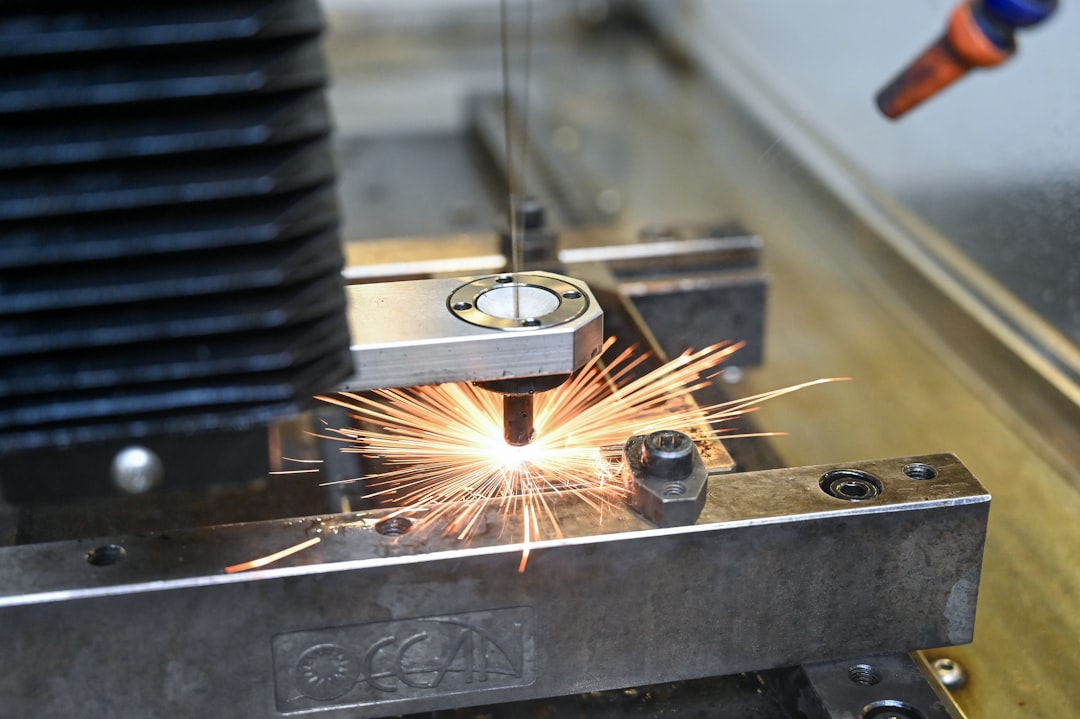Navigating the complex world of European Norms (EN standards) can be daunting for manufacturers. These standards, developed by the European Committee for Standardization (CEN), dictate crucial safety, performance, and quality requirements for a vast array of products. This guide provides a comprehensive overview to help manufacturers understand, implement, and benefit from EN standard compliance.
Understanding the Importance of EN Standards Compliance
Compliance with EN standards isn’t merely a box-ticking exercise; it’s a cornerstone of successful manufacturing. These standards offer several key benefits:
- Enhanced Product Safety: EN standards prioritize safety, minimizing risks to consumers and the environment. Compliance demonstrates a commitment to producing safe and reliable products.
- Improved Market Access: Many European countries mandate or strongly encourage compliance with EN standards for specific product categories. Meeting these standards opens doors to wider markets and increased sales opportunities.
- Increased Consumer Trust: Consumers are increasingly aware of safety and quality certifications. Demonstrating EN compliance builds trust and brand credibility, enhancing your competitive advantage.
- Streamlined Production Processes: Implementing EN standards can lead to more efficient and streamlined manufacturing processes, reducing waste and improving overall productivity.
- Reduced Legal and Financial Risks: Non-compliance can result in hefty fines, product recalls, and damage to reputation. Proactive compliance mitigates these risks significantly.
Identifying Applicable EN Standards for Your Products
The first step in achieving EN compliance is identifying the relevant standards applicable to your specific products. This requires careful research and understanding of the product categories and their associated standards. Resources like the CEN website and national standardization bodies’ websites are invaluable in this process. Consider factors like the product’s intended use, materials used, and potential hazards in determining the relevant EN standards.
Often, products will fall under multiple standards, requiring a comprehensive approach to compliance. For instance, a piece of electrical equipment might need to meet standards related to electrical safety, electromagnetic compatibility (EMC), and specific performance criteria.
Implementing a Robust Quality Management System (QMS)
A well-structured QMS is essential for consistent EN standard compliance. ISO 9001, a widely recognized international quality management standard, provides a framework for establishing, implementing, maintaining, and continually improving a QMS. While not directly an EN standard, ISO 9001’s principles align perfectly with the requirements of EN standards and significantly aid in achieving and maintaining compliance.
Key aspects of a QMS relevant to EN compliance include:
- Documentation Control: Maintaining comprehensive records of design specifications, manufacturing processes, testing results, and other relevant information.
- Internal Audits: Regularly auditing processes to identify areas for improvement and ensure consistent adherence to standards.
- Corrective and Preventive Actions (CAPA): Implementing systems for addressing non-conformances and preventing their recurrence.
- Management Review: Regularly reviewing the effectiveness of the QMS and making necessary adjustments.
Undergoing Thorough Testing and Certification
Once your manufacturing processes align with the requirements of the relevant EN standards, the next crucial step is rigorous testing and certification. Independent testing laboratories accredited by national accreditation bodies are essential for verifying compliance. They will conduct tests to ensure your products meet the specific requirements outlined in the chosen EN standards.
Certification demonstrates to customers, regulators, and other stakeholders that your products have been independently verified as meeting the relevant standards. The specific certification process varies depending on the product and the relevant standards, but generally involves submitting samples for testing and undergoing audits of your manufacturing processes.
Maintaining Ongoing Compliance and Continuous Improvement
EN standards are not static; they are regularly updated to reflect technological advancements and evolving safety requirements. Maintaining ongoing compliance requires continuous monitoring of changes and updates to relevant standards. Regular internal audits, employee training, and proactive engagement with certification bodies are crucial for staying abreast of any changes and ensuring continued compliance.
Continuous improvement should be an integral part of your approach. Regularly review your processes, identify areas for improvement, and implement changes to enhance efficiency, reduce waste, and further strengthen your commitment to quality and safety. This proactive approach not only ensures compliance but also provides a competitive edge in the marketplace.
By diligently following these steps, manufacturers can effectively navigate the complexities of EN standards, ensuring product safety, gaining market access, and building a strong reputation for quality and reliability.
SEO-Friendly Tags:
- EN Standards Compliance
- European Norms Manufacturing
- ISO 9001 and EN Standards
- Product Safety Certification
- European Market Access




